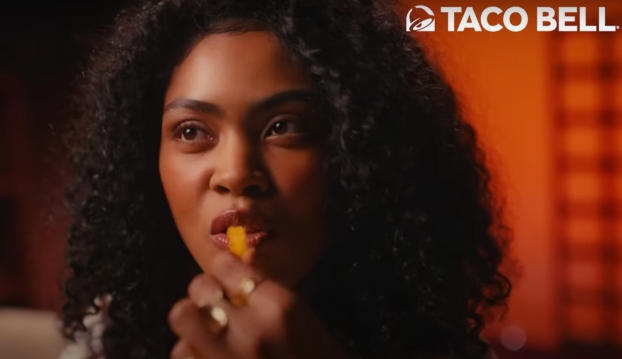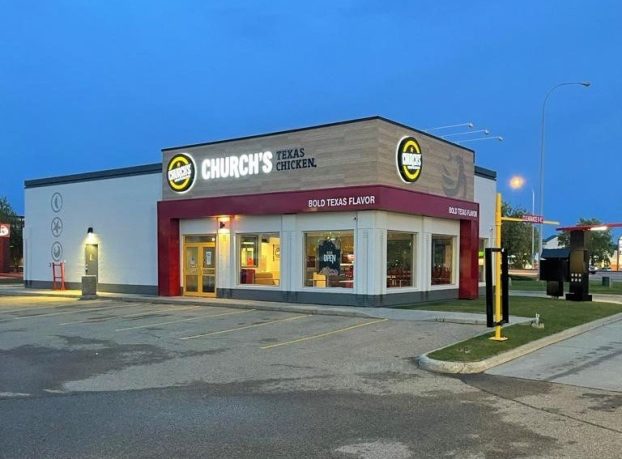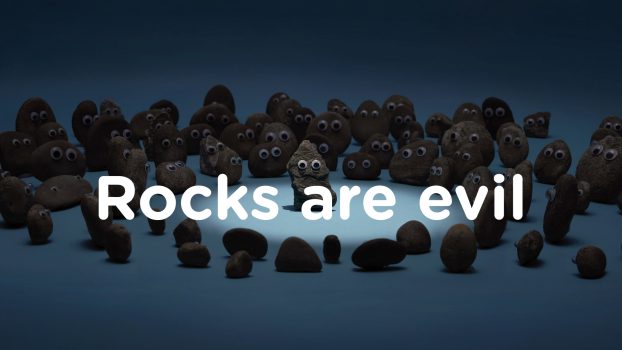‘We’re really into S & M’ and ‘We think it’s okay if you don’t wear socks to work,’ read two of several recruitment ads posted ubiquitously by Canada’s newest wireless player.
Of course, S & M refers to sales and marketing, but for Virgin Mobile Canada’s president Andrew Black, this cheekiness is just the tip of the iceberg. ‘We’re not afraid of risk,’ he says. ‘Everything we do at Virgin Mobile is all about marketing and breaking the rules, right down to our customer service and recruitment ads.’
So far, however, the ads, along with a partly constructed Web site and an extensive agency review, are among the only real indications that Virgin Mobile Canada is looking to aggressively claim the coveted and still under-penetrated 15- to 30-year-old market. With temporary office space on King St. West in Toronto and only a handful of staff, it may be close to a year before the launch of Canada’s fifth mobile player.
Nonetheless, there is much abuzz about the Canadian startup – a privately held joint venture between Richard Branson’s Virgin Group and Bell Mobility’s CDMA Network – and its new head cheeze, a man who has been described by a former colleague as ‘a catalyst – someone who likes to shake things up.’
Having just moved back to his native Canada from Connecticut, after a decade and a half of making a name for himself in the U.S., the 42-year-old Black is poised to take both the Canadian marketing and wireless world by storm.
Born in Montreal, Black studied economics at Queen’s University, where his entrepreneurial spirit was realized in the launching of Promotex Canada, a hugely successful logo apparel company he later franchised and sold.
After graduating in 1984, he moved to Toronto, landing his first job in sales and brand marketing for Colgate-Palmolive, where he remained for three years. He then joined former HMV president Paul Alofs at EMS, a cutting-edge marketing solutions company through which he developed loyalty programs with clients like Sears, at a time when loyalty programs were still a foreign concept.
From there, Black landed himself at Dr. Pepper/7Up where he started as head of sales for Canada. ‘I finally had the pace, image, profile and budgets to do real marketing,’ he says. A couple of years later, he relocated to Connecticut, where he was promoted to head of marketing for a third of the brands.
‘This was an excellent opportunity for me to apply my Canadian experience to more [streamlined markets] because marketing and sales is much broader in Canada than it is in the U.S,’ explains Black.
In 1997, the consolidation of Cadbury Schweppes pushed Black to make another move. This time, he landed in Portland, Ore. at Nike, as GM of the U.S. equipment business, a then start-up division of the $9.7 billion empire.
Black’s greatest achievement at Nike, he explains, was expanding the company’s five marketing touch points into 12, by adding such components as video games, magazines, music, TV, Internet, books and mobile phones.
These new touch points translated into Nike’s first entertainment division, Swoosh, on which Black worked closely with creative director Stanley Hainsworth (who later followed Black to LEGO). ‘Andrew has an extraordinary amount of drive and enthusiasm and he expects the same from the people around him, which is exciting for some, but others who don’t share his [sensibilities] can be left in the dust,’ says Hainsworth, on a phone call from Denmark. ‘He really raises the bar.’
Obviously LEGO Americas agreed because in 2001 Black was recruited as president for the international kids brand, which had him relocate back to Connecticut with his wife and three daughters. ‘With multiple touch points like the Legoland theme park, one of the world’s most successful Web sites for boys under 12, a focus on events, PR and grassroots marketing, this was the perfect spot for someone with a passion for sales and marketing,’ says Black, who was involved in the highly successful licensing of such franchises as Star Wars and Harry Potter.
But all that became ancient history once Toronto-based executive search firm Caldwell Partners spotted him for the opening at Virgin Mobile Canada.
In March, Black was flown to London, Eng. to meet with Virgin Group chairman Sir Richard Branson. He was picked up from Heathrow by the Virgin Limo Bike and taken to Branson’s house, where he was asked, among a bevy of queries, what Virgin Mobile Canada would one day look like.
Black’s answer: ‘Virgin will own the prepaid market in Canada, it will dominate the youth market with a 100% focus on targeting youth and provide something they’ve never seen before.’
Black remains short on details because he says the company is still working out its marketing budget, undergoing an agency review and putting together its core team.
But a major move forward was the recent hire of Nathan Rosenberg, the company’s chief marketing officer, or as his card reads ‘main marketing man,’ who was hand-plucked from his post at Virgin Mobile Australia.
Recently named Marketer of the Year by Australia’s leading marketing mag Marketing News, Rosenberg has proven his out-of-the-box mettle with a series of achievements including Virgin Mobile’s hugely successful ‘Warren’ campaign, which last month took home the grand prize in the direct advertising category at the International Advertising Festival in Cannes.
The campaign centred on Warren, the lovable loser whose greatest asset is that he can be text messaged for only 50 cents on Virgin Mobile Australia. While the goal of the $2.5 million campaign was to retain margins, it actually increased sales by 30% and incited consumers to increase their text messaging activity, reports Rosenberg.
‘He has this great perspective,’ says Rosenberg about Black. ‘He brings this cheekiness to the table and I know whatever we do, he’ll be front and centre.’ (Think Branson setting a world record by crossing the Pacific in the Virgin Otsuka Pacific Flyer, the largest hot-air balloon ever flown.)
And Black’s lack of wireless experience is actually a plus, says Rosenberg. ‘He comes at it from the consumer perspective. He doesn’t talk the jargon, which works to the advantage of a company whose goal is to keep it fun and simple.’
Black’s strong background in marketing is another bonus, adds Rosenberg. ‘I’ve worked in organizations where the president doesn’t have an appreciation for marketing and so when there are cutbacks, it’s the first to go. Here, the brand means everything. It invokes an emotional response and [Black] is 100% behind that.’
With the exception of a Virgin megastore in Vancouver, there is virtually no Virgin presence in Canada. Yet, 65% of Canadian youth are already familiar with the brand.
Unlike its four competitors, who all aim to capture the Canadian youth or youth-minded market, Virgin is making the 15- to 30-year-old group its sole target.
With only four carriers and a 45% wireless penetration level in Canada, the market is ripe for a new player, says Black.
The competition agrees. ‘The more competition, the faster the market grows and so we see this as a good news story,’ says Karim Salabi, director marketing, Microcell Solutions.
With more than 85% penetration rate in parts of Europe and almost 60% in the U.S., there is still a lot of growth potential in Canada, which is exactly what Virgin Mobile Canada is here to capitalize on.
And while it plans to be the fifth carrier, its model, which was first pioneered in the U.K. and has since been adapted in Australia and the U.S., is one of a virtual mobile network. It simply rents from an existing wireless network, which it tends to compete with as well. In this case, Virgin Mobile Canada will be in competition with its network partner Bell Mobility and its youth oriented offshoot Solo. But that doesn’t worry nor deter its network partner, who enjoys the industry’s lowest churn rates.
‘With its new flavour and focus on prepaid, Virgin’s entrance into the U.K. and Australia helped grow both their markets and we’re hoping they’ll do the same here,’ says John Hillis, director of market development, Bell Mobility.
Meantime, it’s anyone’s guess what tricks Virgin Mobile Canada has in store.
With the promise of hiring up to 200 staff – the core making up about 50 – by year end, Canada’s newest and potentially wackiest wireless player is getting ready to make some waves.
Its AOR will be announced the first week of August.























